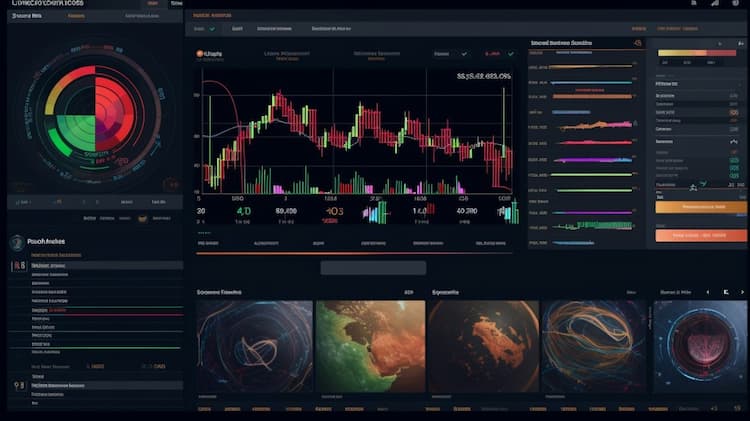
IXN VS FTEC
Exchange-Traded Funds (ETFs) have emerged as a transformative force in the world of investments, offering a diversified and flexible way to gain exposure to various sectors and asset classes. In this article, we embark on a thorough exploration of two notable ETFs: IXN (iShares Global Tech ETF) and FTEC (Fidelity MSCI Information Technology Index ETF). Our journey into these ETFs will encompass their tickers, full names, issuers, sectors, top holdings, capitalization, strategy, tracking mechanisms, and exposure.
IXN Vs FTEC: Overview
IXN and FTEC, while both falling under the technology ETF umbrella, present distinct approaches to investing. IXN is designed to capture the performance of global tech giants, while FTEC aims to mirror the performance of U.S. information technology companies. These divergent approaches influence the nature of their holdings and the potential returns and risks they entail.
IXN Vs FTEC: Sectors and Top Holdings
The composition of IXN revolves around a broad spectrum of tech-related industries, encompassing everything from hardware and software to IT services and semiconductor manufacturing. On the other hand, FTEC is more narrowly focused on U.S.-based IT companies, including household names like Apple, Microsoft, and Amazon. By dissecting the sectors and top holdings, investors can gain insights into the geographic scope and industrial concentration of each ETF.
 IXN overlap IXN VS FTEC
IXN overlap IXN VS FTEC
IXN Vs FTEC: Capitalization and Strategy
IXN boasts a considerable Asset Under Management (AUM), indicating its popularity among investors seeking global tech exposure. FTEC's strategy involves tracking a specific index that captures the performance of U.S. tech companies. The contrast in capitalization and strategy underscores the importance of considering both the size and approach of an ETF in aligning with one's investment objectives.
IXN Vs FTEC: Tracking and Exposure
IXN's objective is to mirror the performance of the S&P Global 1200 Information Technology Sector Index. In contrast, FTEC strives to replicate the performance of the MSCI USA IMI Information Technology Index. While both ETFs aim to capture the tech sector's growth, the specific indices they track and the weighting of individual companies can lead to divergent returns. Understanding these nuances empowers investors to make well-informed decisions.
Conclusion
IXN and FTEC present investors with distinctive pathways to harness the potential of the technology sector. Those looking to delve deeper into the intricacies of these ETFs, including their holdings, correlations, overlaps, and comprehensive insights, can turn to ETF Insider—an intuitive application offering a wealth of information. This user-friendly app serves as a valuable companion for investors seeking a holistic understanding of these financial instruments and beyond.
Disclaimer: This article is intended for informational purposes only and does not provide investment advisory services.
Sources:
iShares Global Tech ETF (IXN) Overview. (https://www.ishares.com/us/products/239726/ishares-global-tech-etf)
Fidelity MSCI Information Technology Index ETF (FTEC) Overview. (https://screener.fidelity.com/ftgw/etf/goto/snapshot/snapshot.jhtml?symbols=FTEC)
IXN quote and analysis
Discover the top holdings, correlations, and overlaps of ETFs using our visualization tool.
Our app allows you to build and track your portfolio.
To learn more about the IXN iShares Global Tech ETF, access our dedicated page now.
FAQ
Why is IXN better than FTEC?
IXN may be considered better than FTEC for some investors due to its specific focus, offering diversification.
Does FTEC beat IXN?
FTEC's performance relative to IXN will vary over time, depending on market conditions.
Should I invest in IXN or FTEC?
The choice between IXN and FTEC should align with your investment goals, risk tolerance, and desired exposure.
Are IXN and FTEC good investments?
Both IXN and FTEC can be suitable investments depending on individual investment strategies, goals, and risk profiles.
What is the correlation between IXN and FTEC?
The correlation between IXN and FTEC can vary over time, reflecting differences in performance.









